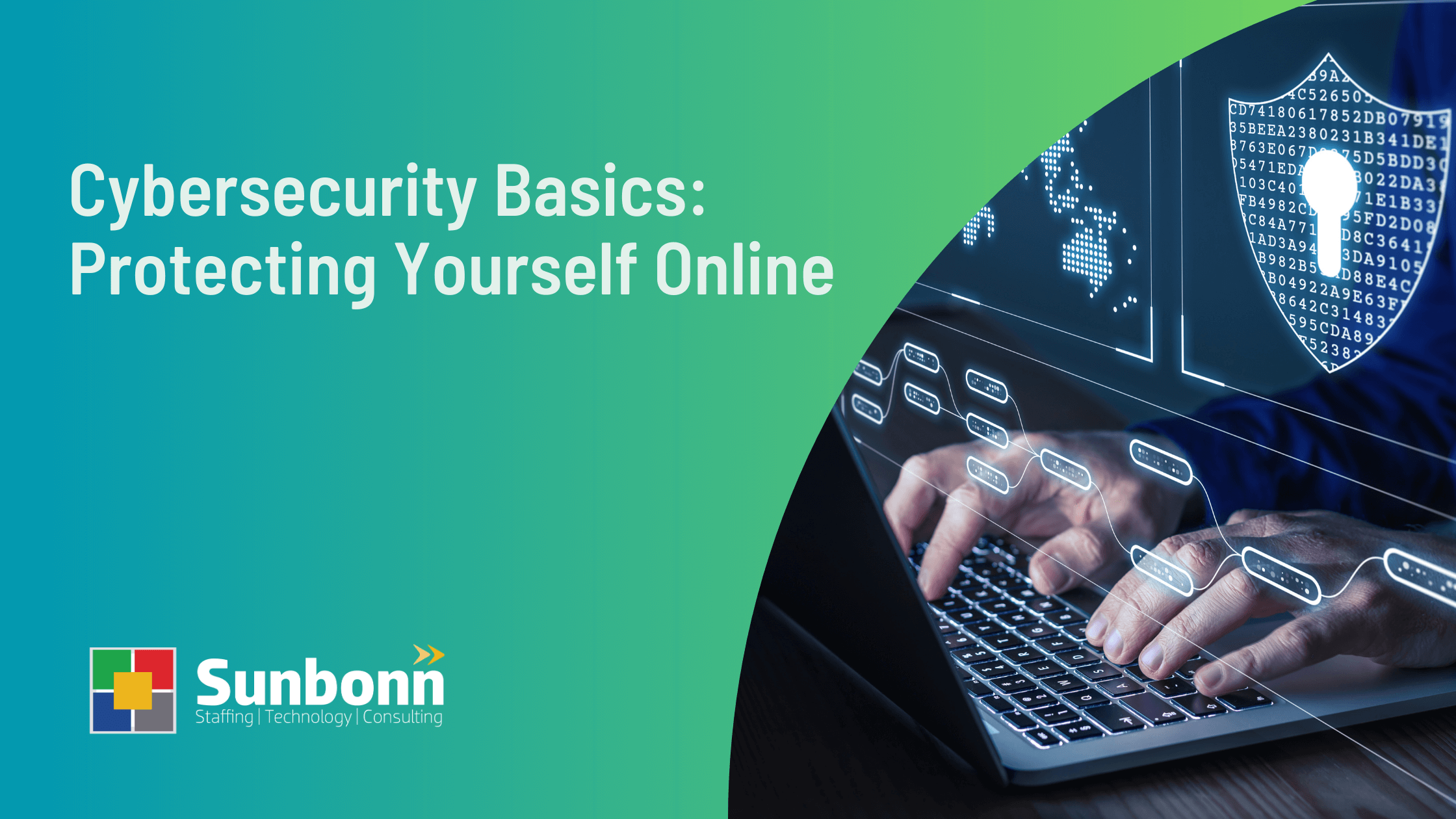In today’s digital age, cybersecurity has become a fundamental aspect of our daily lives.
Whether you’re shopping online, managing finances, or simply browsing the web, protecting
yourself from cyber threats is crucial. Here’s a comprehensive guide to the basics of
cybersecurity and how you can safeguard your online presence.
Understanding Cybersecurity
Cybersecurity refers to the practices and technologies designed to protect computers,
networks, and data from unauthorized access, attacks, and damage. With the increasing
number of cyber threats, understanding the basics of cybersecurity is essential for everyone,
not just IT professionals.
1. Use Strong, Unique Passwords
Your first line of defense in cybersecurity is a strong password. A strong password typically
includes a mix of upper and lower-case letters, numbers, and special characters. Avoid using
easily guessable information like birthdays or common words. Each of your accounts should
have a unique password. Using a password manager can help you keep track of all your
passwords securely.
2. Enable Two-Factor Authentication
Two-factor authentication adds an extra layer of security by requiring not just your
password but also a second form of verification, such as a text message code or a fingerprint
scan. Enabling 2FA wherever possible significantly reduces the chances of unauthorized
access to your accounts.
3. Be Cautious with Phishing Scams
Phishing scams are fraudulent attempts to obtain sensitive information by pretending to be
a trustworthy entity, often through email or messaging. Always verify the source before
clicking on links or providing personal information. Look for signs of phishing, such as
generic greetings, urgent language, and suspicious email addresses.
4. Keep Your Software Updated
Software updates often include patches for security vulnerabilities. Regularly updating your
operating system, browser, and other software ensures you have the latest protections
against potential threats. Enable automatic updates when possible to keep your system
secure.
5. Use Secure Networks
Avoid using public Wi-Fi for sensitive transactions, such as banking or shopping. If you must
use public Wi-Fi, consider using a Virtual Private Network (VPN) to encrypt your data and
protect your privacy.
6. Backup Your Data
Regularly backing up your data ensures that you won’t lose valuable information in case of a
cyber attack, such as ransomware. Store backups in a secure location, separate from your
primary data, to safeguard against data loss.
7. Educate Yourself and Others
Stay informed about the latest cybersecurity threats and best practices. Educating yourself
and those around you about safe online behavior can help create a more secure digital
environment for everyone.



